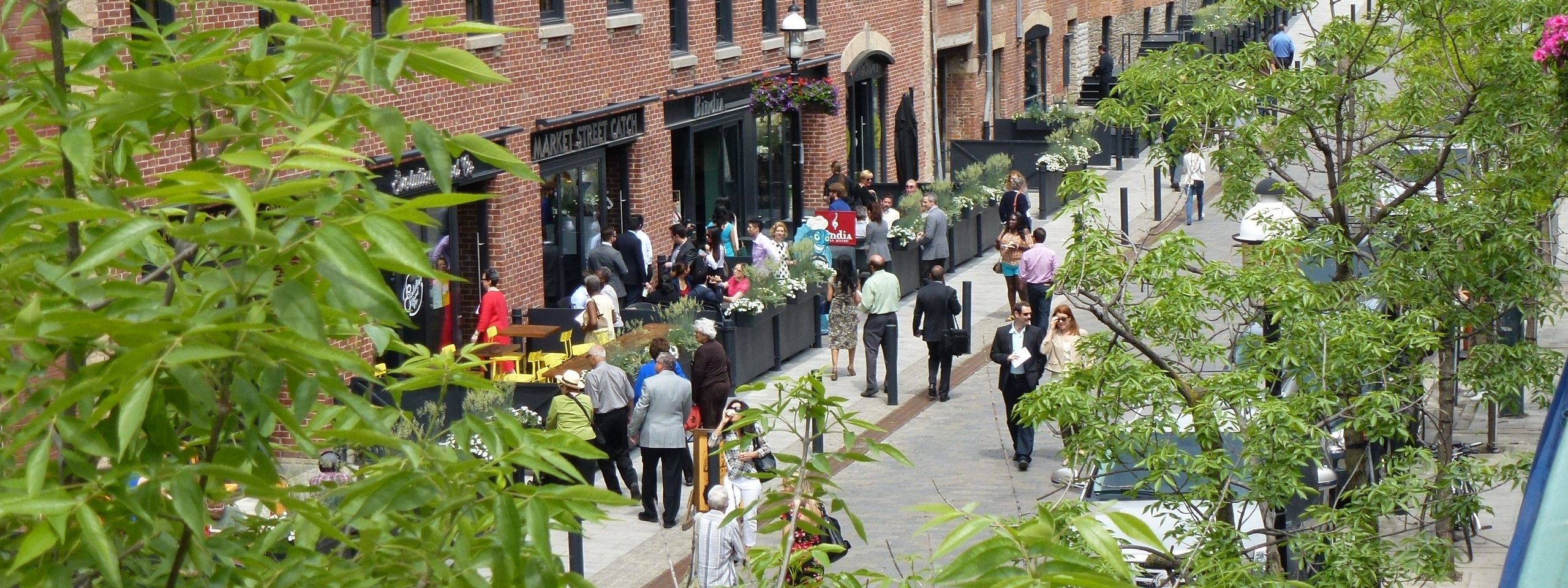I think that's ~11,000 lane-km of roads in Edmonton vs. 5,600 km of roads.
But looking at this:
In the Road Classification System Update, dated March 26, 2018 the Transportation Services Division recommended that the City of Toronto Road Classification System be updated by incorporating the changes contained in Appendix 2 entitled Road Classification Update – Table of Changes. The table...

www.toronto.ca
Assuming 6 lanes on major arterials and expressways, 4 lanes on minor arterials and collectors, and 2 lanes on local roads, Toronto has 16,722 lane-km of roads. So roughly 50% extra lane-km despite having 400% more population.
Then to repave just 2.5% of Edmonton's road lanes comes in at a cost of $275-550 million each year (based on $1 million to $2 million for lane km). The average age of pavement in Edmonton is 38 years vs. the typical useful life expectency of 28 years for asphalt. Total city tax revenue is $3 billion. We don't have the tax base to lower the average age of pavement to reasonable levels. "But gas taxes" The Province of Alberta collects about $1.2 billion a year in gas taxes, but the province has its own 64,000 road lane of km to maintain. Most of it in rural areas of course. And drivers cite gas taxes and registration as the reason bikes shouldn't be allowed on roads, as if gas taxes cover even half of road maintenance costs.







